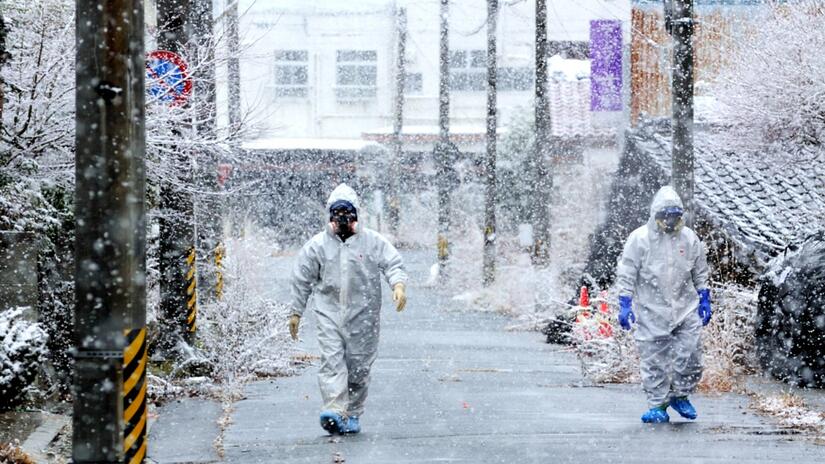Technological and Biological Hazards preparedness plan is crucial for any business. This is especially true if you are a company that is involved in research, development, testing and production. In such cases, the risks of such hazards can be very high. But how can you prepare for such a situation?
CBRN hazards
CBRN hazards are a significant international security issue. They may result from industrial accidents, natural disasters, intentional releases, and human error. The consequences of these hazards are far-reaching.
In response to these risks, Canada has developed a comprehensive CBRNE strategy. It includes the roles of all levels of government and provides guidance for all stakeholders.
Canada’s CBRNE resilience strategy has four components. The first is preparation. Preparation is critical for a timely and effective response to a CBRNE event. This includes information management, community-level preparedness, and recovery strategies.
A second component is the prevention of a future event. This is facilitated through the development of standardized response capabilities. Another component is information sharing. Information can enhance public awareness and enable faster response times.
CBRNE incidents are complex events that require coordinated action by multiple contributors. These contributors include federal and provincial agencies, municipalities, first responders, and the private sector.
Response and recovery efforts are essential for addressing the psychosocial impacts of CBRNE events. They can also help reduce duplication and improve communication. However, they must be comprehensive.
An important step in achieving this goal is to provide pre-incident public information. Research has shown that this is particularly important for CBRN threats. Providing such information can encourage the public to take protective measures.
Do you know how to prepare for a technological haz
Technological hazards are a growing source of risk. They include explosives, poisons, radioactive substances and hazardous materials, among other things. As a result, it’s essential to stay on top of current safety protocols. A few simple steps can help you prepare for a hazard.
The first step in preparing for a hazard is to understand the nature of the problem. Typical hazards are caused by dangerous procedures or the failure of systems. Other factors include resource needs, international tensions, and social change. Nevertheless, a hazard is only considered a hazard when it’s likely to result in human injury or property damage.
Fortunately, there are many aspects of preparedness that are common to all hazards. Some of these are obvious, like assembling a response team, developing an emergency plan, and stocking your home with food and water. But there are also more subtle elements, such as identifying your hazard, determining your role in the hazard mitigation process, and communicating with others.
To be truly effective, you’ll need to take a comprehensive approach to prepare for a technological hazard. Many of the aforementioned measures can be applied to CBRN hazards, as well.
One of the best ways to do this is to take a hazmat training course. It should include a series of simulations, as well as real-world activities.
Watch: How to prepare for chemical hazards and nuc
A naive reader of this column might be forgiven for not having a solid handle on the science of handling hazardous substances in a safe manner. This is especially true in light of the many haphazardly thrown at the nation’s workforce. Fortunately for the uninformed, the aforementioned hazards are more manageable than they were in the past. For instance, a thorough understanding of the hazard hierarchy, along with a stout disciplinary program can make all the difference in the world. And, while this entails a certain degree of risk, the rewards are well worth the effort. So, make sure to take the proper precautions and get to know your employees. If not, your company could be a happy mutt in a hurry.
Keeping in mind that no two workplaces are alike, you’ll need to think about your etiquette in the context of a single employee. Also, a smattering of employees may be required to be on hand to deal with any mishaps that might come your way. The best way to do this is to have your staff members on a rotational schedule. You should also take the time to establish clear delineations with your employees. Whether or not your staff is a handful or a dozen, a good policy of communication is the key to a smooth and successful transition.
